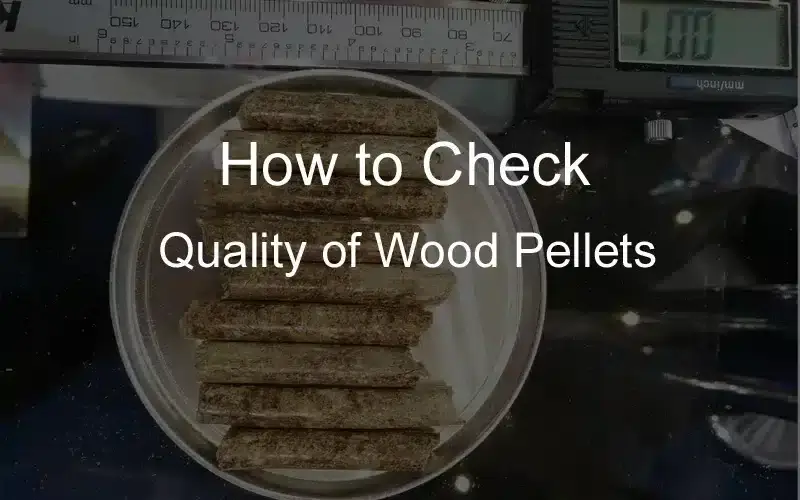
How to Tell if Wood Pellets Are Good? Determine the Quality of Wood Pellets with Some Simple Tests
Woods pellet has gained more and more popularity due to its applicability as a clean renewable alternative to fossil fuel. It is an economical option to use in furnaces, smelters, boilers, and other home or industrial activities requiring heat.
As the demand for wood pellets is getting higher across the globe, many manufacturers start to join the market by offering varieties of wood pellets. Unfortunately, not all of them come in good quality.
It is very crucial to know which wood pellets are good, especially if you plan to purchase them regularly for your home or industrial activities. That’s why, in this article, we provide information that would help you easily identify the quality of wood pellets.
Things to Avoid During Pellet Making
There are always some irresponsible manufacturers in every industry who only care about making quick money by intentionally selling defective products. These products may put the buyers in a difficult financial situation.
In the wood pellet industry, these manufacturers typically try to bulk the pellets out by inserting various fillers in them. As a result, the pellets would look sturdy but contain less firepower because the fillers prevent them from burning effectively.
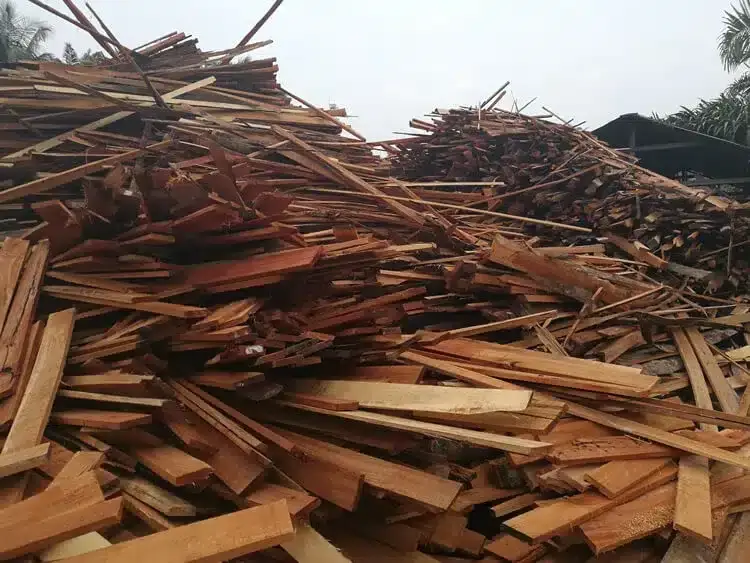
Furthermore, these kinds of pellets tend to produce more ashes which can cause problems for some machines, especially boilers. The fillers may include but are not limited to:
- Tree bark
- Cardboard
- Paper
- Glue
- Ink
You should avoid pellets that contain any of the above materials and never trust the manufacturers that make them. In addition to the list above, you should also avoid pellets that contain too much dust.
It is normal to have some dust on your pellets as it may come from the friction among them. However, having too much dust may negatively impact the burning capacity.
Factors to Consider
The best wood pellets must burn effectively at the temperature and in duration that works best for their purpose. There are two major factors that significantly influence the burning capacity:
The Mechanical Durability
Mechanical durability refers to the density of the wood pellets. High-density pellets tend to be solid so that they won’t be easily broken by the tremor during transportation. The level of density is usually determined by how well the compression is done in the production.
The Water Content
Wood pellets with lesser water content would have a better burning capacity. However, it is impossible to make it 0% water as the water itself is needed in the process of making the wood pellets. Ideally, high-quality wood pellets should have water content under 10%.
5 Simple Tests to Determine the Quality of Wood Pellets
Knowing what to avoid and the factors that affect the quality of wood pellets is of course not enough. You have to actually test the product so you can be certain to go all out for it. Never trust a product on your first purchase.
Your first purchase should be a test to see if you can rely on the product for the long term. So, It’s better to buy them in a small quantity and confirm the quality by carrying out the following tests:
Visually Look for Any Defects
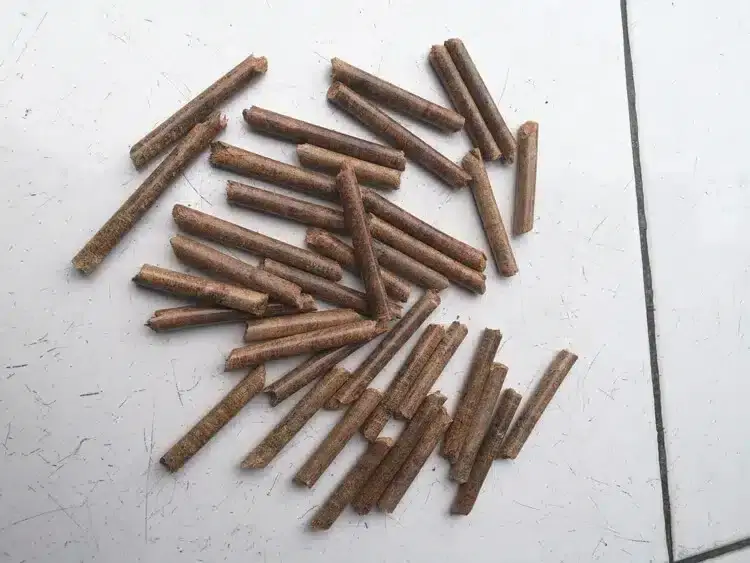
You can actually tell if the wood pellets are of high quality from their appearance. Good wood pellets tend to have similar measurements to each other. Usually, they are about 30mm to 35mm in length and 6mm to 8mm in diameter. The measurement matters because it reflects the consistency in their production.
Also, take a look at their color. Good wood pellets should appear not too brown and quite white like raw timbers. This color indicates that they are not mixed with other materials like bark content.
Directly Feel the Surface
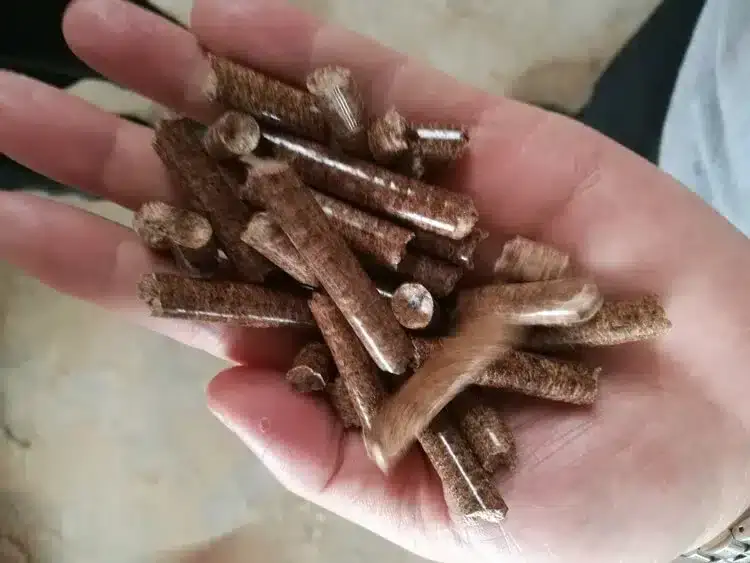
The next thing you need to check is the surface of the wood pellets. Good pellets should have smooth textures and little cracks. You can feel this by directly touching the pellets with your fingers. Pellets with many cracks mean that the raw materials may not be well-conditioned.
Smell the Wood Pellets
One simple way to be sure if the pallets are completely made out of the right material is by smelling them. HIgh-quality pallets should smell like fresh timber. If you can smell synthetic chemicals like the scent of cardboard or glue, it is very likely that the raw material is mixed with something else other than wood.
Test the Density by Sinking the Pellets
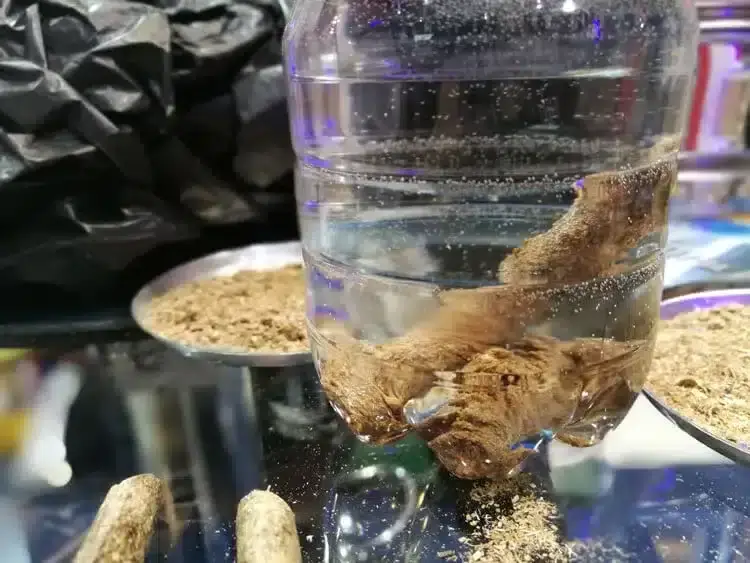
Take one pellet out of its bag and throw it into a cup of water. You should avoid buying pellets that float because it means the pellet is not dense enough. High-density pellets are supposed to sink.
This test can also be used to further confirm the purity of the raw material. A Pellet that is made out of only wood will dissolve and expand quickly. While it will be harder to expand if it contains other raw materials.
Burn the Pellets to Judge the Firepower
Obviously, you’re gonna need to know if the pellets can work as expected. Light the pellets and see how quickly they catch the fire. High-quality pellets will burn easily and the flame will be in bright colors like yellow or brown.
Meanwhile, low-quality pellets will take time to fully burn and the color of the flame may be a bit darker. This strange color is a strong indication that the pellets contain other materials besides pure woods.
The tests above are very applicable as you can do them manually without any tools. You are advised to apply them to many products from multiple manufacturers and then compare the results until you find the best one.
Alternative Solution
Instead of purchasing wood pellets from the market, you can actually produce them on your own by using pellet machines. As a professional manufacturer, we provide pellet machines in various models for home or industrial usage. These machines can help you produce wood pellets of consistent quality.
Also Read :
How to Make High Quality Wood Pellets?
How to Make Wood Pellets? The Ultimate Beginner’s Guide
Talk to An Expert
SHARE THIS POST
Talk to An Expert
